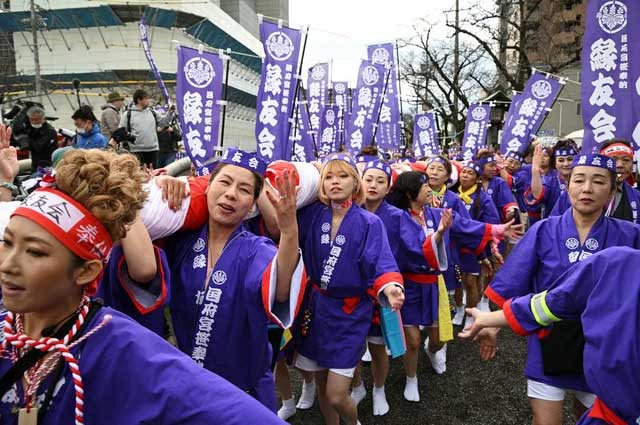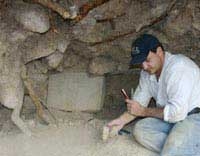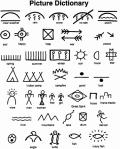A study based on over 3,200 gene sequences from modern Japanese individuals has revealed inherited genetic factors from two extinct human species.
Modern Japanese people are the result of a blend of three groups from three different geographical regions. When considering species, they carry the bloodlines of three human species: Homo sapiens, Neanderthals, and Denisovans.
This conclusion comes from the work of a group of researchers from various institutes, universities, and laboratories affiliated with the RIKEN Center for Integrative Medical Science, Shizuoka General Hospital, Shizuoka University, the University of Tokyo (Japan), the Broad Institute of Harvard-MIT, and Massachusetts General Hospital (USA).

A festival in Tokyo, Japan – (Photo illustration: REUTERS).
According to a publication in the scientific journal Science Advances, they sequenced the genomes of over 3,200 people living in seven regions of Japan to create a new complete genome/exome sequencing library for Japan (JEWEL).
From this, researchers found that modern Japanese individuals originate from just three main ancestral groups.
These are the Jomon hunter-gatherers of the Neolithic period, the ancestors of Han Chinese in China, and an unidentified group from Northeast Asia.
Furthermore, when considering species, today’s Japanese people carry the bloodlines of three human species within the genus Homo.
Among them, the majority of the genome is from Homo sapiens, which refers to modern humans. However, they have inherited many genetic factors from the two extinct species, the Neanderthals and Denisovans.
These include genes associated with the development of various diseases such as type 2 diabetes, coronary artery disease, stable angina, allergic dermatitis, Graves’ disease, prostate cancer, and rheumatoid arthritis…
“The gifts” from these ancestral species have both positive and negative impacts. For instance, some gene variants from Neanderthals help combat coronary artery disease and angina, but other variants increase the risk of severe COVID-19.
Therefore, according to the authors, this new discovery will contribute to improving healthcare strategies for Japanese people.
The finding of bloodlines from two other human species in modern Japanese individuals is not particularly surprising, as the three species—Homo sapiens, Neanderthals, and Denisovans—are known to have interbred.
Before going extinct, approximately 40,000 years ago, some communities of these “sister” species lived near our Homo sapiens communities in various parts of the world.
For Japanese people, the genes inherited from Neanderthals appear to originate from the Neanderthal group in Asia rather than Europe.
This species was once thought to have lived in what is now Siberia (Russia) and the Tibetan Plateau (China), as well as in Northern European and Mediterranean countries.
Meanwhile, the Denisovan bloodline of the Japanese is related to indigenous peoples in Papua New Guinea and the Ayta people in the Philippines, who have been shown to possess a high proportion of Denisovan DNA.





















































